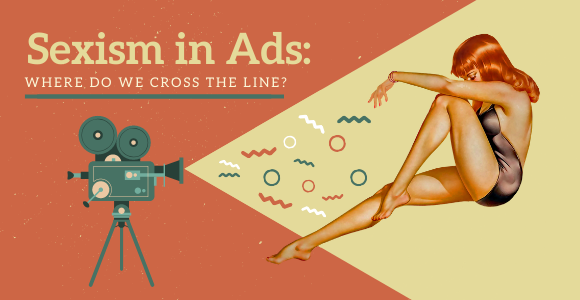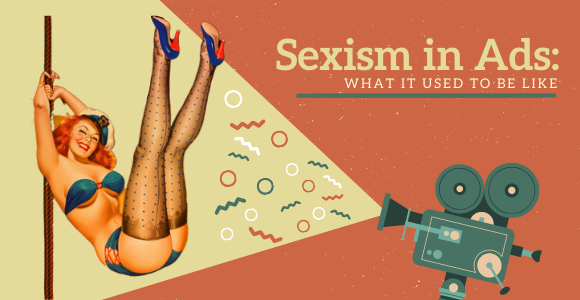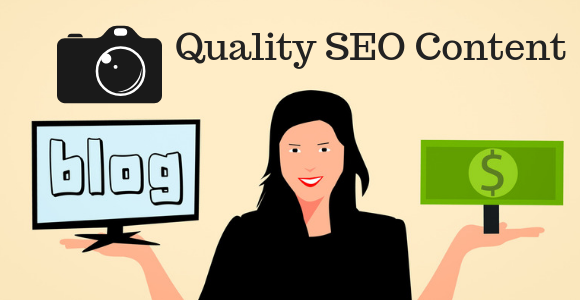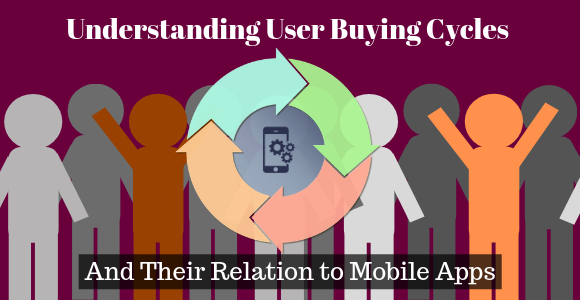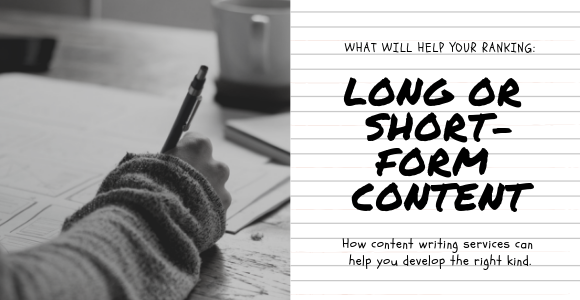Unfortunately, in 2020, sexism is still a problem. Stereotyping, generalization, and prejudice all based on gender is something both men and women are victims of in many areas of their lives. In our agency, we believe that we are not simply providing content writing services to people. We are also active participants in shaping a vast digital industry as each of us plays a role in it through the content we produce.
That’s why in this article, I’ll be immersing you in a topic that we hear about often: sexism. But this time, in light of the advertising industry and content creation as its core.
Ads. They are created with the intention to make us buy something, right? Their purpose, by default, is to spark interest, raise awareness, or encourage us to buy a product, service, or whatever.
So, marketers do their research. They find out what age and gender their consumers mostly are and they look at the geographical locations they are situated in. They start forming a campaign that the target audience will associate with. If this campaign builds on gender stereotyping, problems often occur because of the fluidity of the term these days.
Yes, these days. Things were much simpler in the past. Let’s explore a bit of the historical context in the next section.
What It Used to Be Like
Sexism in Advertising in the Past
Ah, the 50s and 60s in the United States. The Golden era for political scandals, social changes, and… sexist advertising.
Sex and gender are complex and controversial topics nowadays but back then, it was much more simple. Women’s role in society was to find and please their men, judging by McCall’s 1958 issue featuring 129 Ways to Get a Husband. I read them all. Yes, all of them. And I laughed a lot. Until I realized that these articles were the most popular type of content that was fed to both men and women all over America back then.
The man is the prize that the woman must earn. I felt both amazed and disenchanted by this article. It was bad, I thought.
But then I realized, there were even worse examples. My embitterment deepened when I came across these visual ads, dated back in the early years of the 20th century. Is it always illegal to kill a woman, one reads. Ads using patronizing slogans like “You mean a woman can open it” and imagery of justified domestic violence all over the place.
Thankfully, we’ve come a long way since the Mad Men era. Or so I thought.
More Recent Examples
How Far We’ve Come
The more I researched, the more I realized one thing: advertising is still not sexism-free but things are less straight-forward and more controversial than ever.
Let’s take, for example, this Peloton ad that came out last December. The brand sells high-end fitness equipment.
It was the reason for a consumer outrage, accusations for sexism, and a fall of Peloton’s stock.
I see why some people might interpret this as a sexist ad, but in all honesty, I think that the collective hate poured out on the brand was exaggerated. Some of the main arguments of people who accuse it of sexism? The woman was already fit. So, fit people don’t need to exercise? If the woman was a bit overweight, it was probably going to be interpreted as fat-shaming. The man is trying to suggest his wife takes better care of herself? Yes, it could be interpreted this way but what if she really wanted a gift like that and she’s grateful rather than insulted. I know I would be.
Whether you agree with me or not, I see nothing harmful in this ad. I don’t see a gender-related agenda here. I see a husband who has decided to get his wife a new exercise bike that makes her fall in love with working out and achieve a personal goal. Perhaps, the hours spent in going through the 50s and 60s ads (mentioned above) has made me more lenient. Who knows, what do you think?
But, on the other side, we have also ads like these.
- The misogynistic message weaved in Belvedere’s Vodka 2012 campaign, where sexual assault is at the center of the joke.
- Beer ads objectifying women or portraying beer as a “male” thing.
- The German Transport Ministry’s ad that uses a variation of posters, featuring models wearing lingerie and a helmet only under the slogan “Looks like shit. But saves my life.”
Marketers need to be careful because these types of backlash will continue to follow campaigns like these. People are getting more sensitive and putting them in an outdated stereotype box perhaps isn’t the best approach to content creation.
Gender Representation in Ads
Why & How It Could be Harmful to All of Us
Researchers from the Australian statewide body for women’s health promotion Women’s Health Victoria studied the negative impact of stereotypical gender portrayals in advertising. The publication came out in 2018. Can you imagine what they found?
- Men are more likely to be portrayed as funny and smart than women;
- Ads that show women as sexually powerful objects have a negative impact on women’s body image;
- Toy ads increasingly link gender with toy types;
- Women are still portrayed in gender-stereotypical roles (e.g. housewives) and they appear in ads associated with domestic appliances, products related to cleaning, etc;
- Men are generally portrayed as strong and independent, at work. These portrayals are linked to industries like finances, automotive, and insurance products.
Okay, this is just one research. It has its limitations. But, what I am trying to say is things don’t appear to be much different than they were a few decades ago. Just maybe a bit covert. Also, my personal conclusion from this study is that sexism goes both ways, women are not the only ones affected by it.
If all of us, men and women alike took a stand against the generalization of the sexes, these ads wouldn’t sell. We all have our personal forum today, where our voice can be heard even if it’s by just a few people. Most of us have at least one social media account and others have even bigger platforms. Actor Justin Baldoni used his TED talk to do just that, to explain why he is done trying to be “man enough“.
Does Sexism Sell
And if so, is the advertising industry to blame?
We know sex does. But, the harsh truth is, sexism seems to sell too. Gender stereotypes exist for a reason. They are rooted in an understanding of the world, a kind of polarization, in which many people still see validity. But, in reality, it is a spectrum and things are rarely black or white, North or South.
So where do we cross the line? When marketers use them to build on each gender’s insecurities and revert to an outdated understanding of gender roles.
Luckily, 2019 was full of examples of the opposite. Instead of instilling further some gender stereotypes, brands like Nike and Mercedes-Benz USA focused on shattering them by using their advertising voice to fight gender stereotypes.
In conclusion, and this goes beyond marketing and advertising, we need an open dialogue about sexism in our lives. I am saying this not just from the standpoint of someone who provides content writing services to digital marketers and businesses but of the person who consumes that same content too.
Let’s try to create content that doesn’t use gender generalization in its core message, let’s try to be inclusive and forward-thinking. Let’s just be humans and move our society in the direction of gender equality, both in ads and in life.


